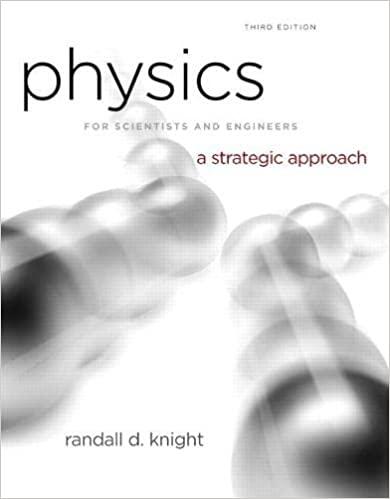Experimental Procedure Part 2: Lab: Kirchhoff's Laws Adapted from UMSL.edu 1. Add a second power supply to the circuit as shown below and set both voltage sources to 4.0Volts. Objective: To verify Kirchhoff's Laws by comparing voltages obtained from a real circuit to those predicted by Kirchhoff's Laws. Introduction: A simple circuit is one that can be reduced to an equivalent circuit containing a single resistance and a single voltage source. Many circuits are not simple and require the use of Kirchhoff's Laws to determine voltage, current, or resistance values. Kirchhoff's Laws for current and voltage are given by equations I and 2. Equation 1: 1 -0, Junction Law 2. Turn on the power supplies. 3. Measure the voltage across each resistor. 4. R Equation 2: AV - 0. Loop Law power s coming out of the 550 Interface. 5. Turn the power supply off and disconnect the circuit. In this experiment, we will construct two circuits with 4 resistors and a voltage source. We will then use a digital multi-meter to obtain an experimental value for the voltage across each resistor in the circuits. Kirchhoff's Laws will then be applied to the circuits to obtain theoretical values for the current in each resistor. By applying Ohm's Law, we can then obtain a theoretical value for the voltage across each resistor. The experimental and theoretical voltages can then be compared by means of % error. Equipment Proto-board 4 resistors: (R-6849, Ry = 470, R, = 1549, R,=1000kS) Digital multi-meter Variable power supply Wire leads and alligator clips Collect the needed resistors and measure their resistance with the DMM. Input the values below: Analysis: Measured R % error 1. For the first circuit, use equations I and 2 to write a system of linear equations that may be solved for the current in each branch of the c of the circuit. Then, solve the system to obtain a theoretical value for each current. Show your work! R1= 2. Using the currents obtained in step 1 of the analysis; apply Ohm's Law to determine the tical voltage across each resistor. 3. Compare the theoretical voltages obtained in step 2 of the analysis to those measured in the actual circuit. 4. Repeat steps I to 3 for the second circuit. Calculating the theoretical values will be difficult for this circuit! If you do not have time to finish those calculations, at least try to confirm if Kirchoff's Laws hold true for circuit 2. 5. Record the theoretical voltages, the experimental voltages, and the % errors in the results table. Results: Part #1 V (theoretical) (experimental) % error Experimental Procedure Part 1: 1. Using the proto-board, the 4 resistors, the variable power supply, and the wire leads and alligator clips; construct the circuit Part #2 V (theoretical) (experimental) % error shown in the figure. 2. Turn on the power supply. Connect the multi-meter across the power supply and R Z adjust the voltage to 8.0 volts 3. Connect the multi-meter across each of the 4 resistors. Record these 4 values of voltage in the data table. 4. Turn the power supply off







